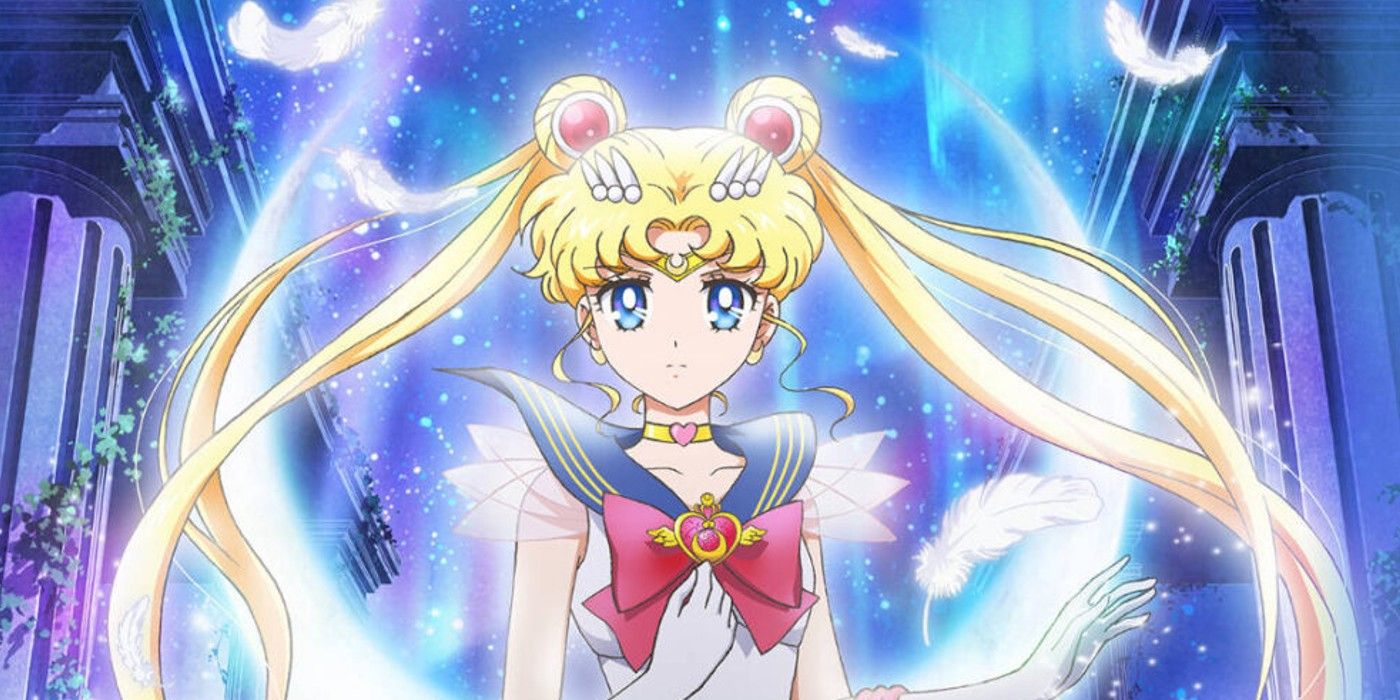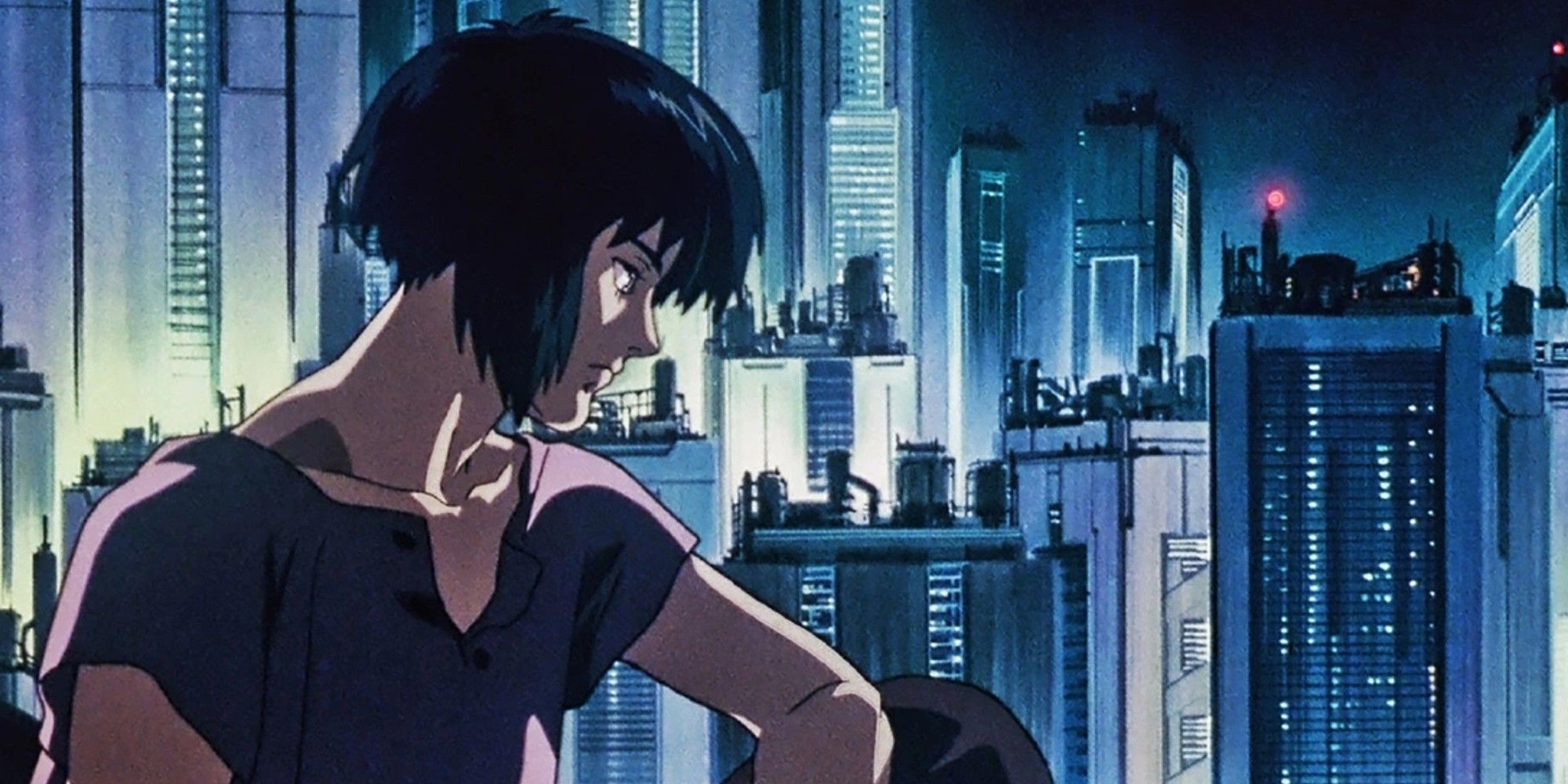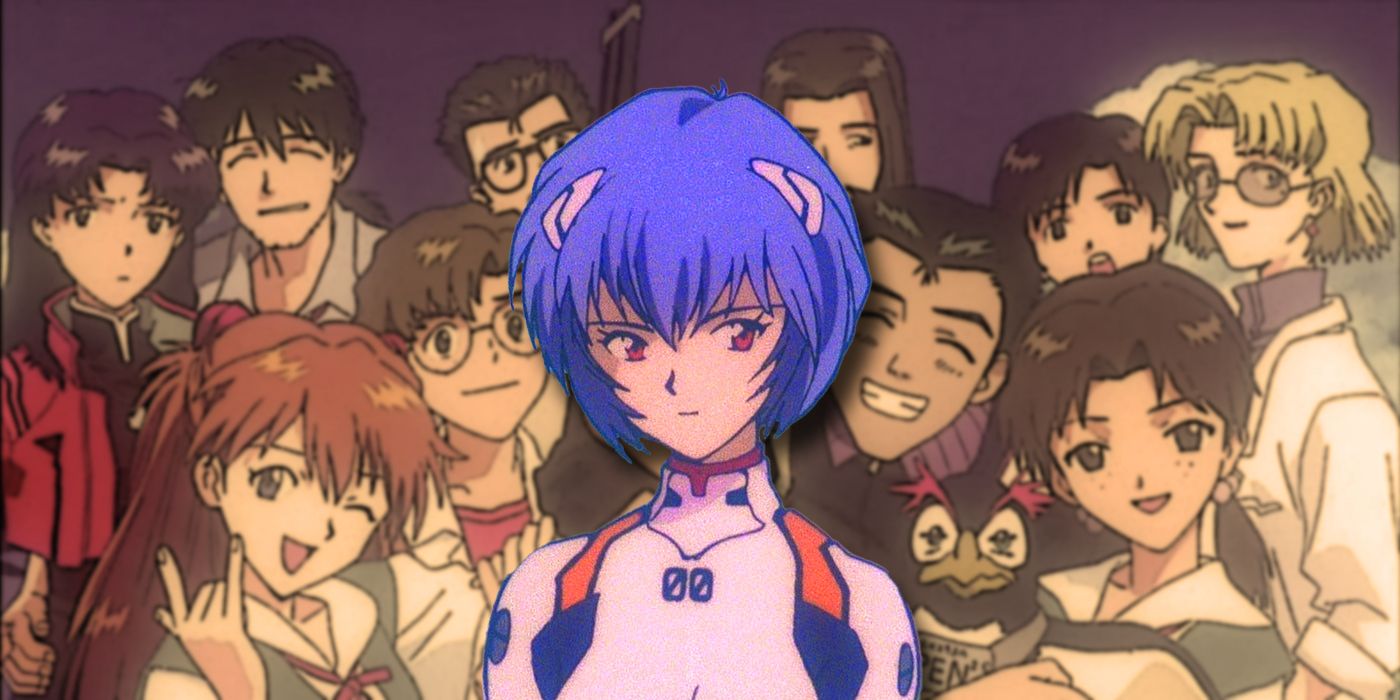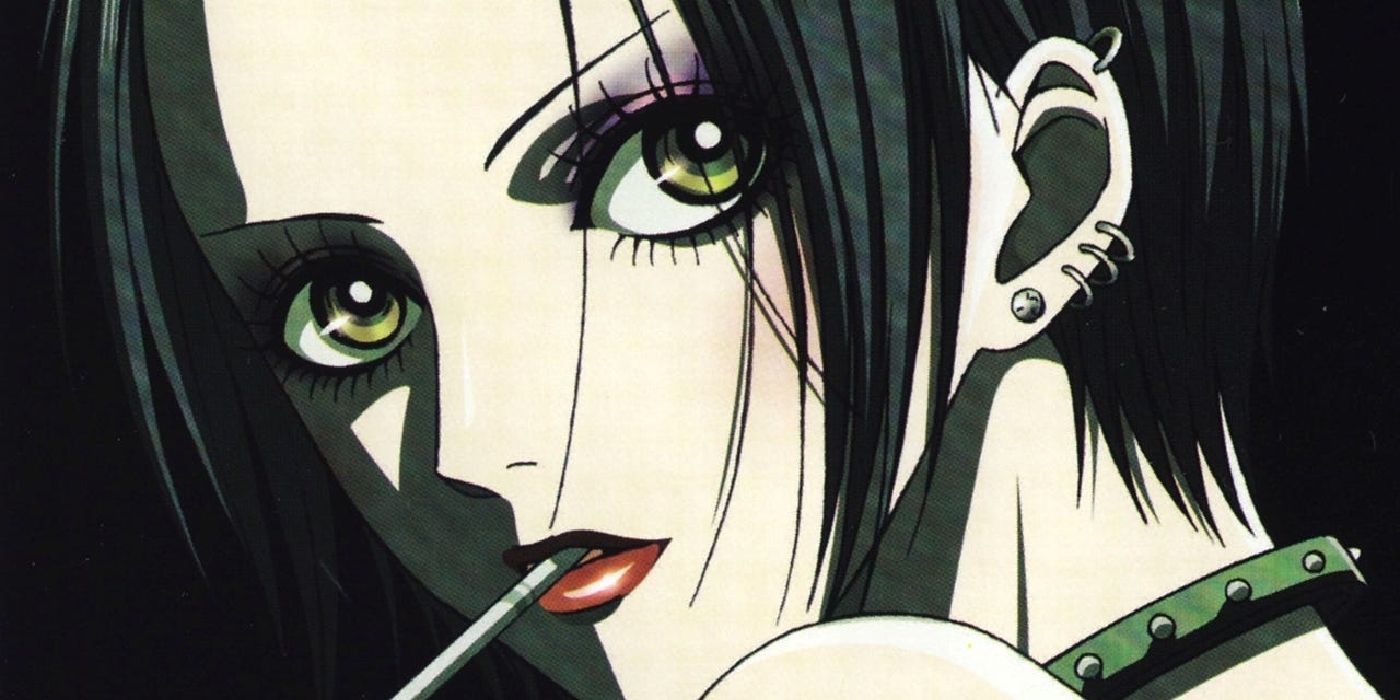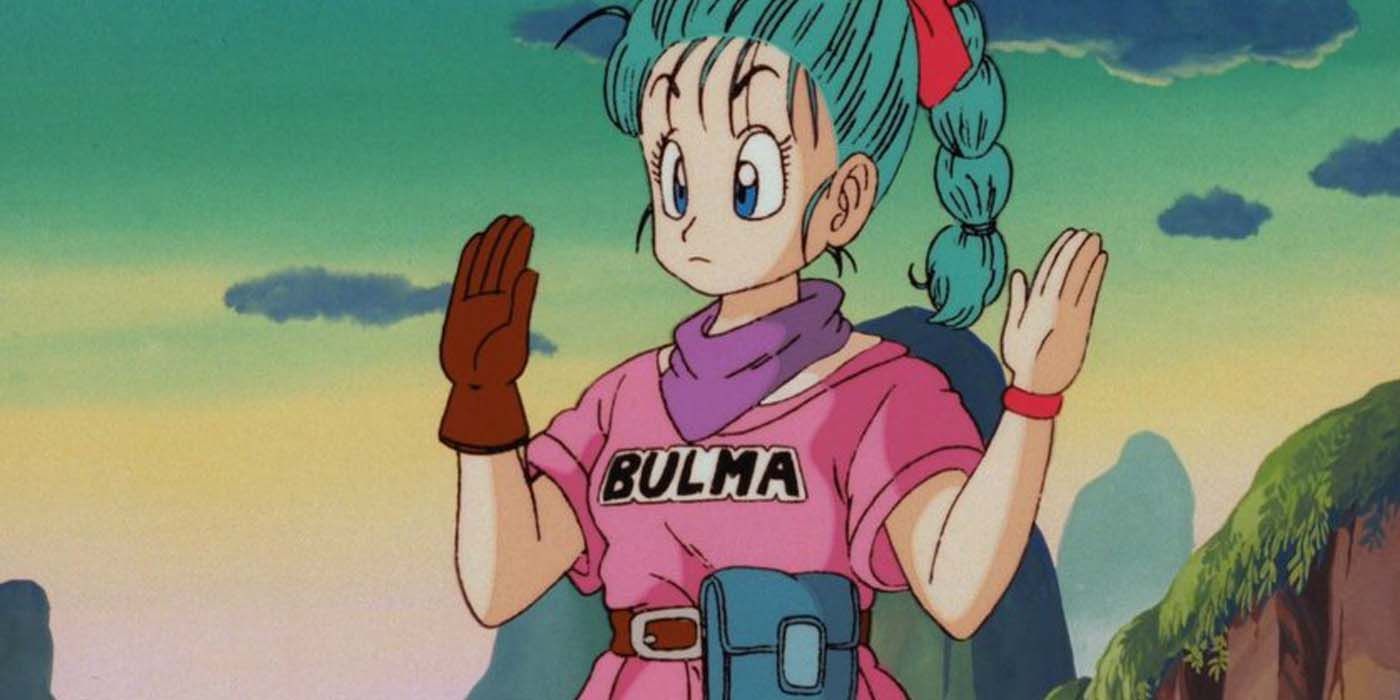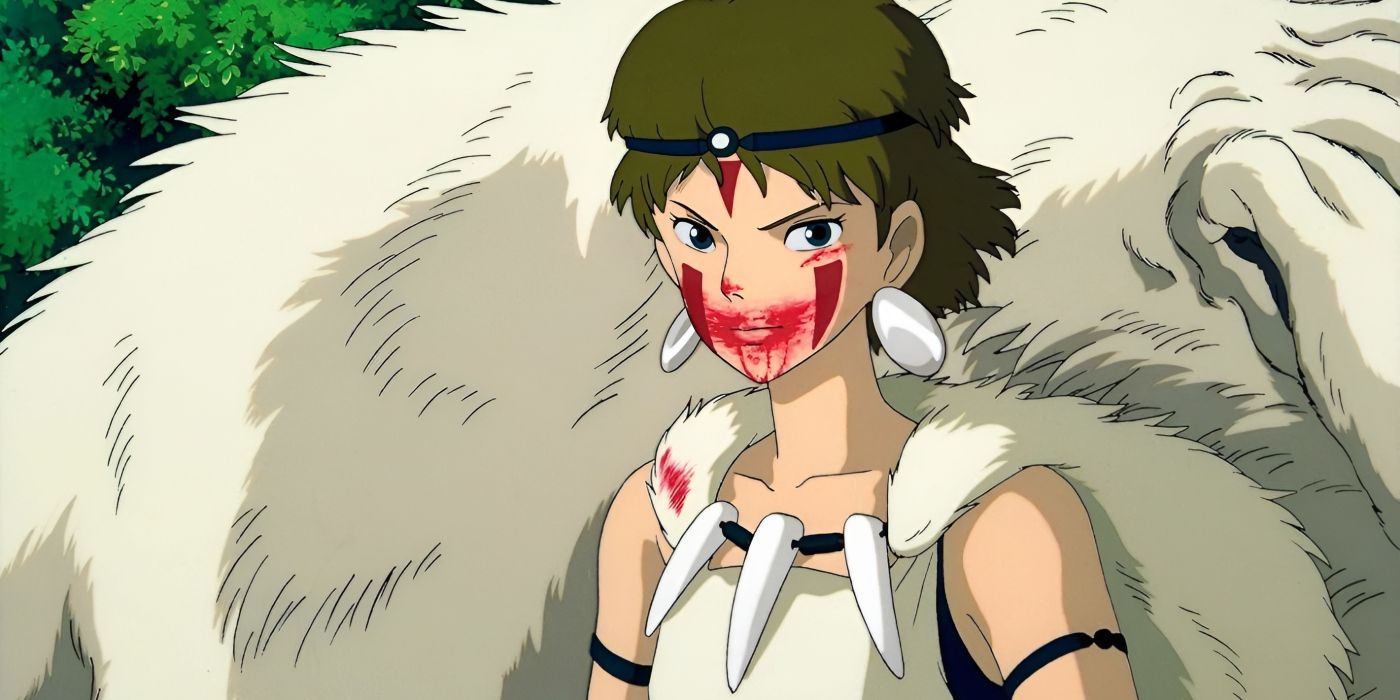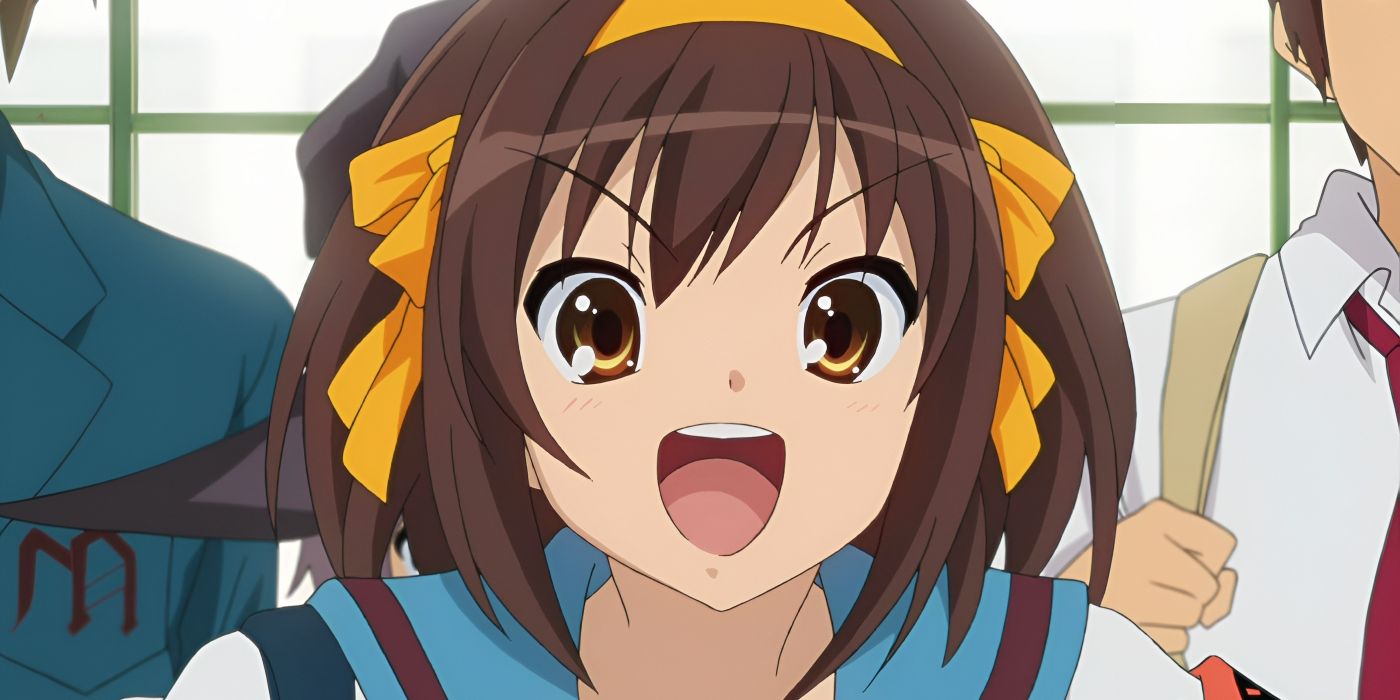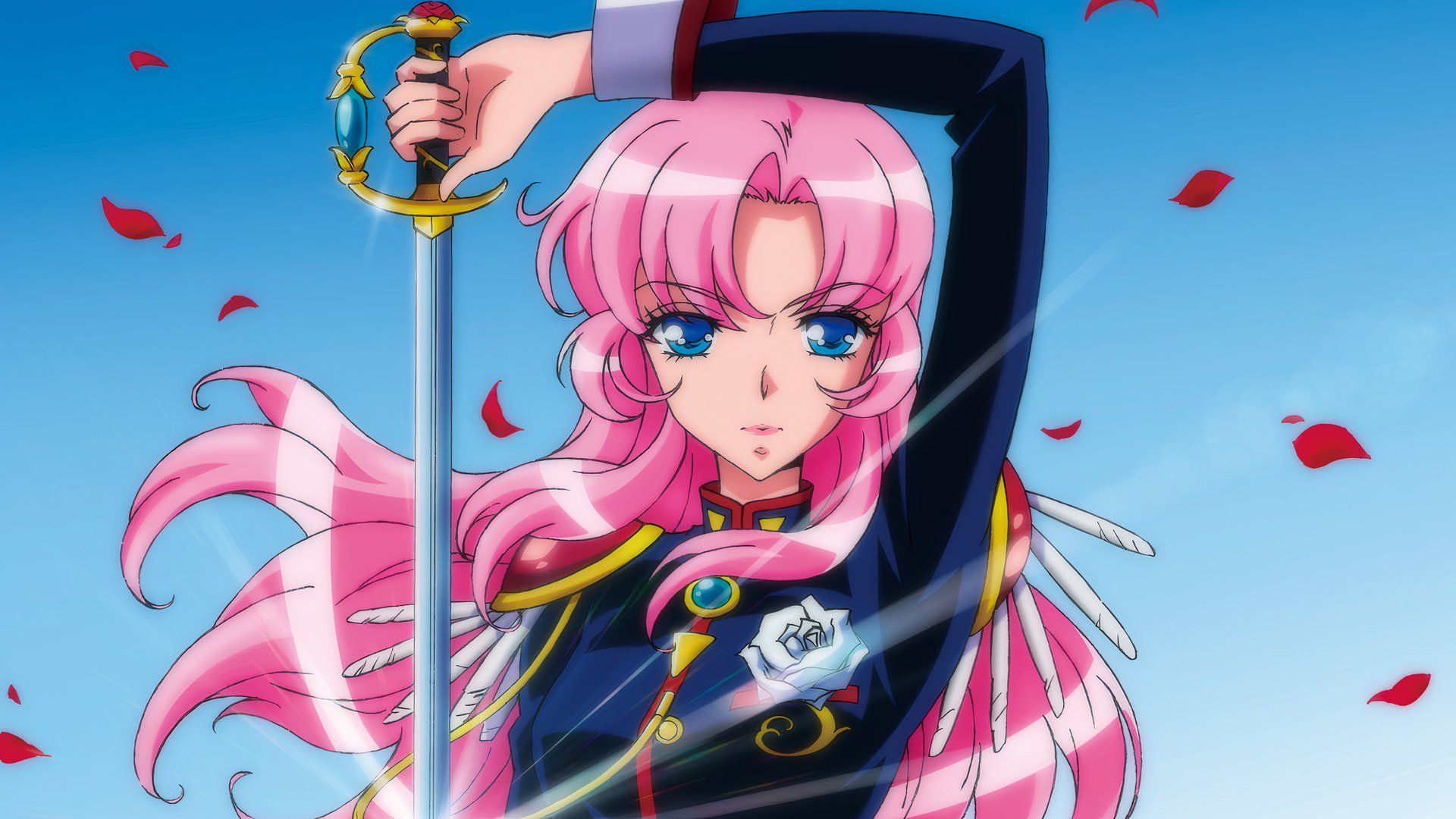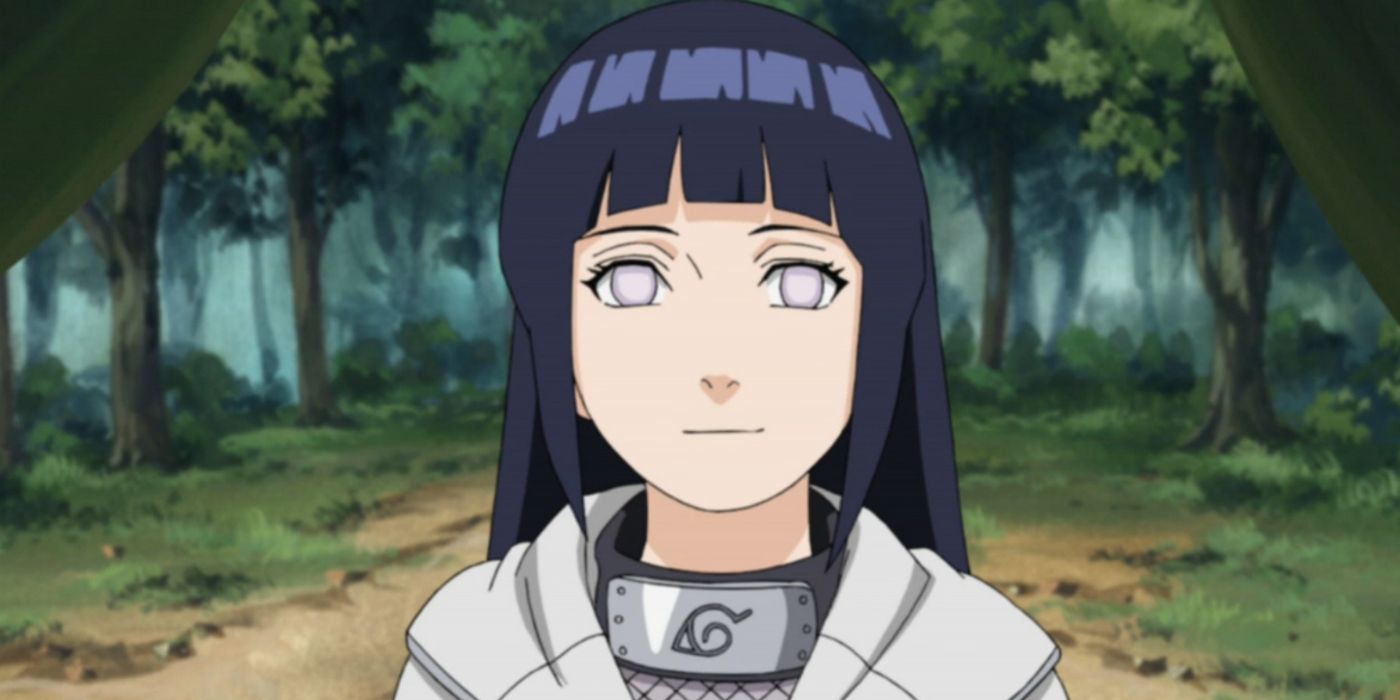Anime wouldn’t be anime without its unforgettable female characters. Whether they’re stealing scenes, saving the world, or just being their messy, complicated selves, these women have left a lasting mark.
Some kicked off global fandoms, others broke all the rules, and a few just quietly changed everything by being exactly who they are. This list highlights ten female anime icons who helped shape the medium through style, strength, and a whole lot of personality.
10
Fujiko Mine
Lupin the Third
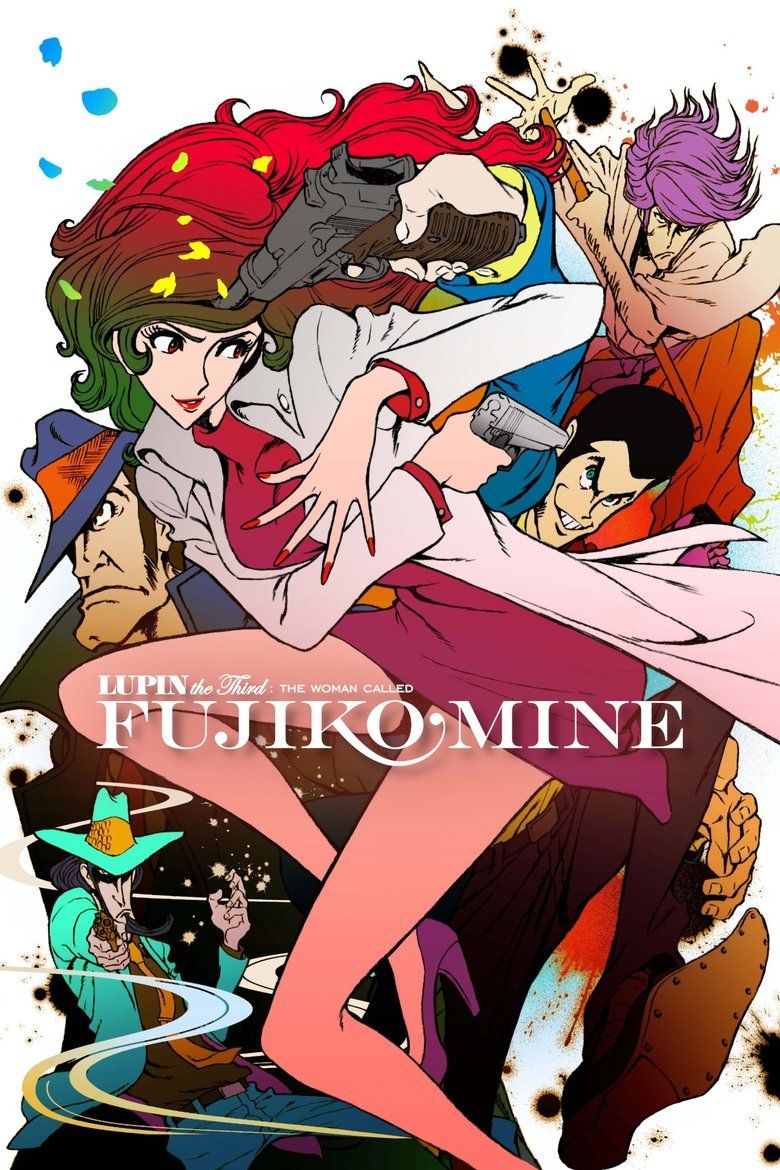
Lupin the Third: The Woman Called Fujiko Mine
- Release Date
-
2012 – 2012
- Network
-
Nippon TV
- Directors
-
Yasuo Tsuchiya, Hideki Tonokatsu, Toru Takahashi, Naoki Hishikawa, Yuzuru Tachikawa, Shin Itagaki, Akira Nishimori, Tomio Yamauchi, Shōko Nakamura
- Writers
-
Dai Sato, Junji Nishimura
-

Miyuki Sawashiro
Fujiko Mine (voice)
-

Kanichi Kurita
Arsène Lupin III (voice)
-

Koichi Yamadera
Inspector Koichi Zenigata (voice)
-

Fujiko Mine first appeared in Monkey Punch’s Lupin the Third manga in 1967 and quickly became one of the most recognizable women in anime. In the original TV series from 1971, she was voiced by Eiko Masuyama, who described Fujiko as “someone who could smile, flirt, and shoot you in the same scene.” She used beauty like a weapon and intelligence like a shield, outmaneuvering Lupin as often as she aided him.
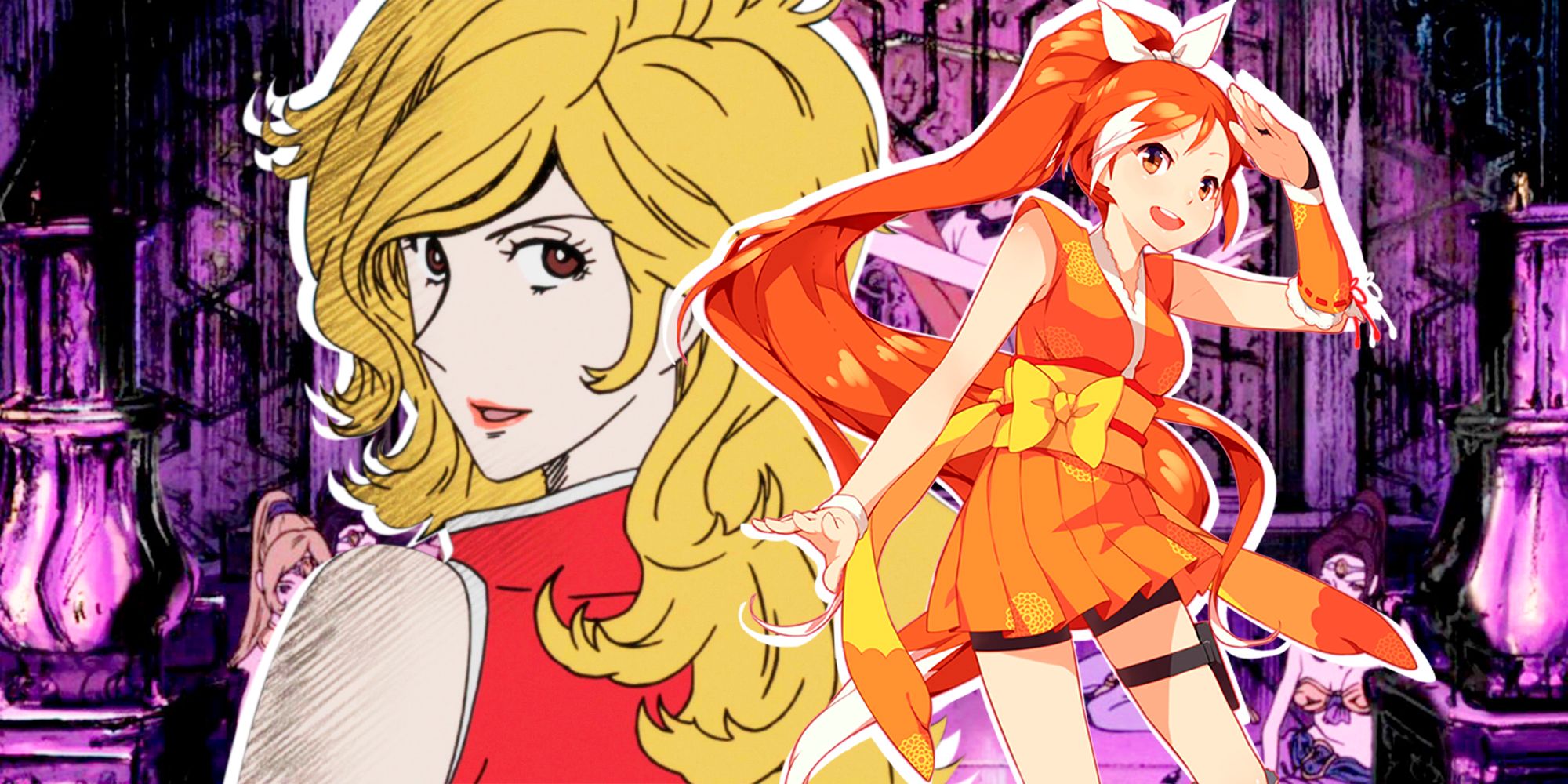
Related
1 of Anime’s Best Reboots Overhauls an Underrated Hero and Finally Streaming on Crunchyroll
Lupin the Third’s gang may comprise of Jigen and Goemon, but his female counterpart received 13 whole episodes just for Fujiko Mine.
Director Sayo Yamamoto took the character into new territory in 2012’s The Woman Called Fujiko Mine. She stated, “Fujiko has always been looked at. I wanted to see her look back.” That series reframed her from male fantasy to a woman in full control of her narrative. Fujiko was never just a sidekick or seductress.
She was the first female anime character to play the game on her own terms and often win.
9
Usagi Tsukino
Sailor Moon
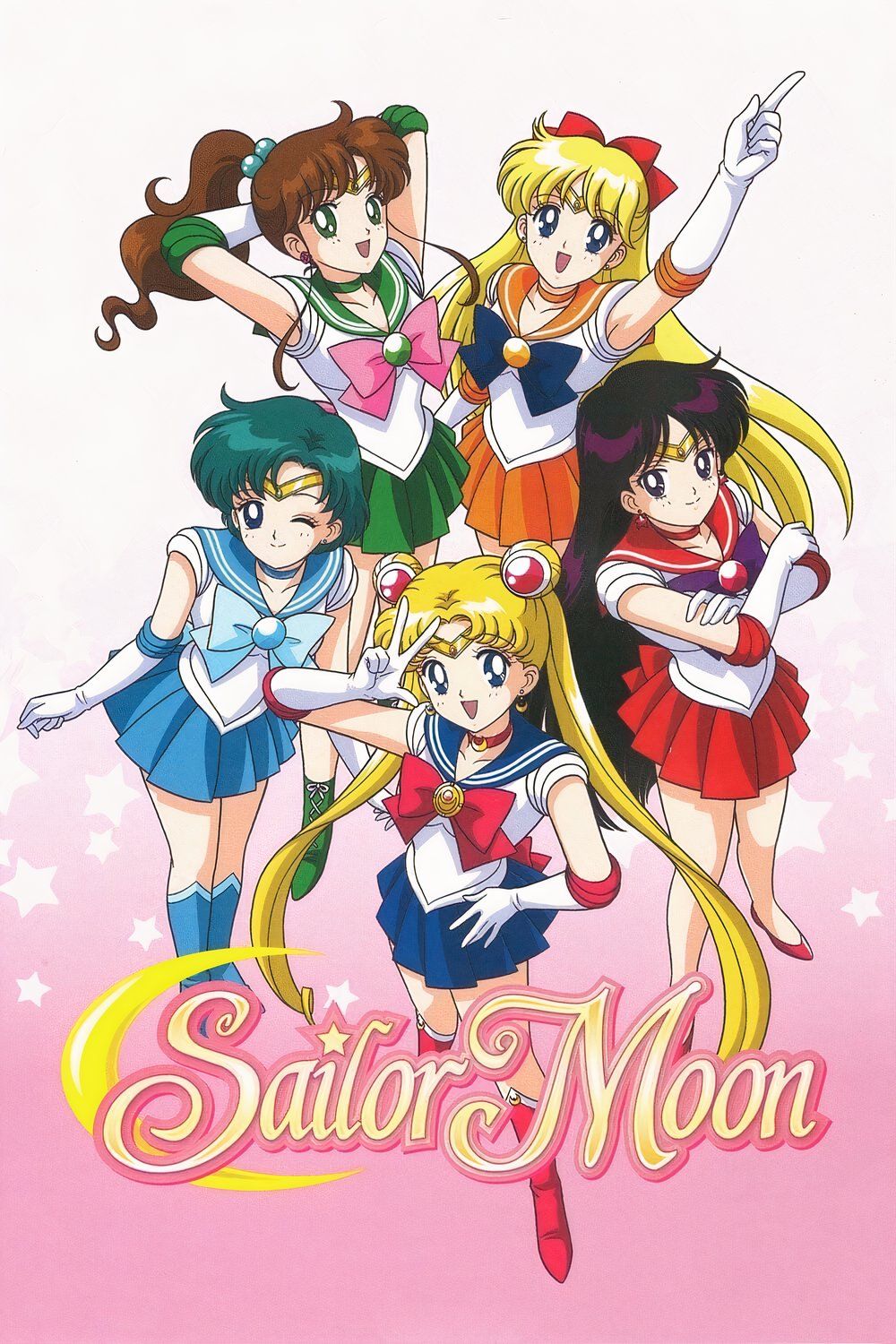
- Created by
-
Naoko Takeuchi
- First Film
-
Sailor Moon R
- Latest Film
-
Sailor Moon Cosmos
- First TV Show
-
Sailor Moon
- Latest TV Show
-
Sailor Moon Crystal
- First Episode Air Date
-
March 7, 1992
Sailor Moon is a magical girl franchise created by Naoko Takeuchi. It began as a manga in 1991 and was adapted into an anime series in 1992. The story follows Usagi Tsukino, a middle school girl who transforms into Sailor Moon to protect Earth from evil forces. The franchise spans five original anime seasons, films, musicals, video games, and a reboot series, Sailor Moon Crystal. Its global impact has made it a cultural icon and one of the most successful shōjo franchises in history.
Usagi Tsukino made her debut in Naoko Takeuchi’s manga in 1991 and became a global icon with the 1992 anime Sailor Moon. Kotono Mitsuishi voiced Usagi with warmth and energy, saying, “She cries, she complains, but she never gives up. That’s her strength.”
This blend of comedy, vulnerability, and power resonated with girls around the world, many of whom saw themselves in her awkward grace. Unlike earlier magical girl heroines, Usagi led a team and shouldered enormous responsibility while staying emotionally open.
Kotono Mitsuishi voiced Usagi with warmth and energy, saying, “She cries, she complains, but she never gives up. That’s her strength.”
Takeuchi said in a 2001 interview, “I wanted girls to know that being kind could also mean being strong.” Sailor Moon combined fashion, romance, and cosmic drama in a way that became a blueprint for generations of anime to come. Usagi didn’t just transform in battle. She transformed how anime viewed girlhood.
8
Motoko Kusanagi
Ghost in the Shell
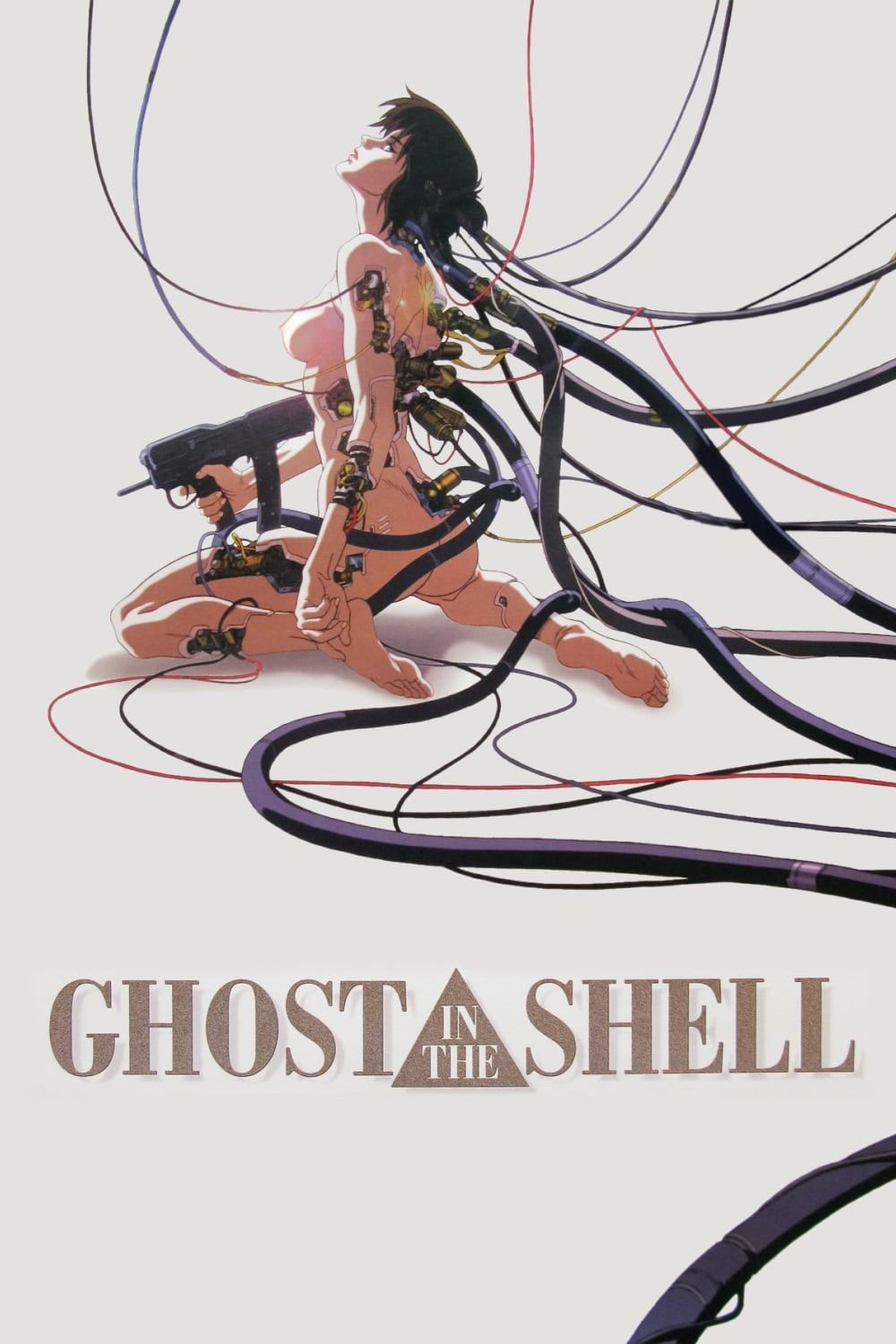
- Created by
-
Masamune Shirow
- First Film
-
Ghost in the Shell
Motoko Kusanagi stepped into anime history in 1995’s Ghost in the Shell, adapted from Masamune Shirow’s manga. Voiced by Atsuko Tanaka, the Major is a full-body cyborg working in cybercrime enforcement. Her voice is calm, deliberate, and unshakably authoritative.
Director Mamoru Oshii said, “She’s a person who questions, not someone who needs answers. That makes her dangerous in the best way.” Kusanagi’s story dives deep into the nature of consciousness, identity, and freedom in a future dominated by surveillance and cybernetics.
Unlike many action heroines, she does not rely on charm or sentiment to carry her scenes. Her presence alone defines the tone. Ghost in the Shell helped prove that anime could ask the same philosophical questions as serious literature or film. Kusanagi became a symbol of feminine power without compromise.
7
Rei Ayanami
Neon Genesis Evangelion
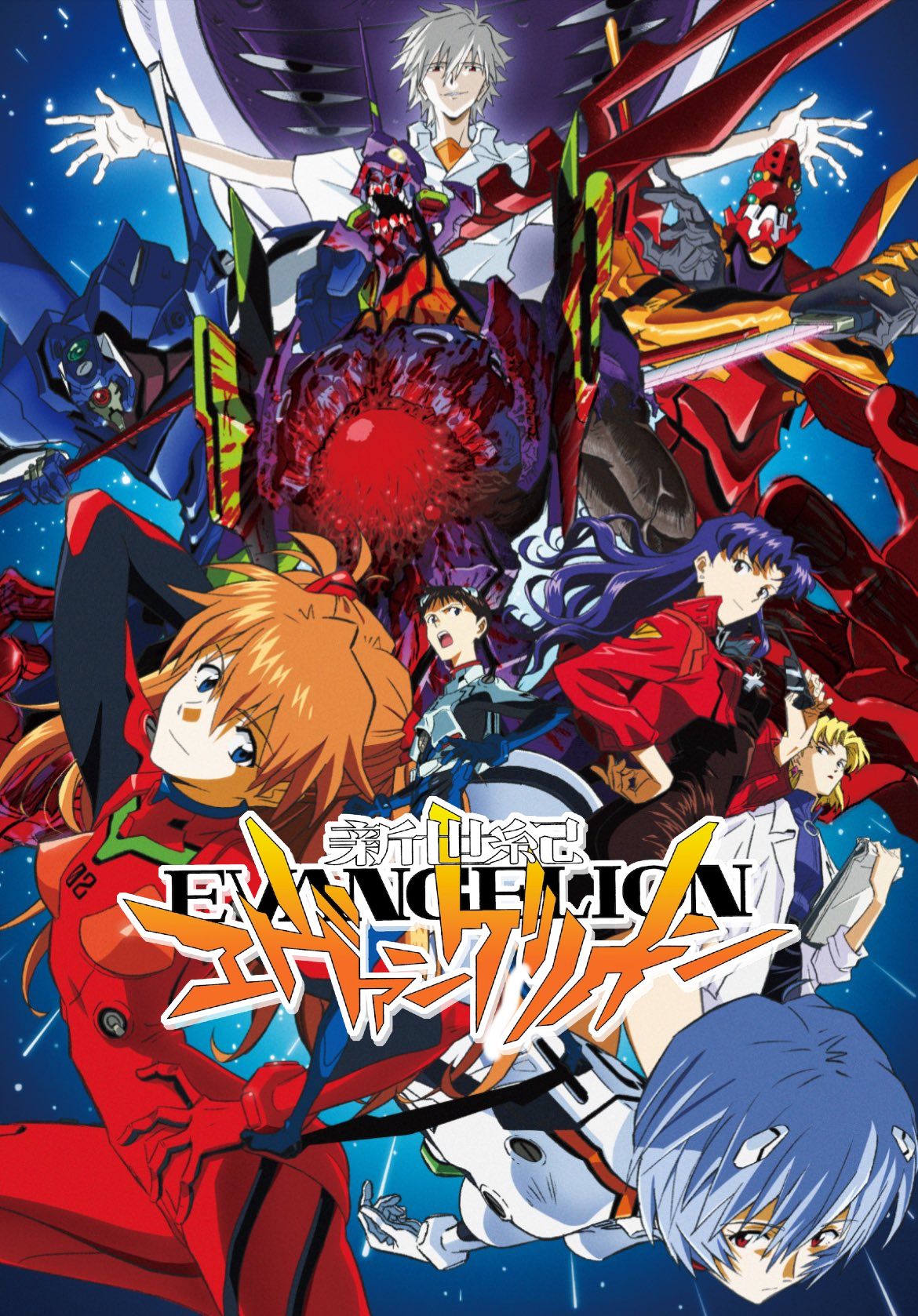
- Created by
-
Hideaki Anno
- First Film
-
Neon Genesis Evangelion: Death & Rebirth
Rei Ayanami was introduced in 1995’s Neon Genesis Evangelion, designed by Yoshiyuki Sadamoto and voiced by Megumi Hayashibara. At first glance, she is quiet, fragile, and unreadable. But Hideaki Anno described her as “a vessel. People project onto her what they want to see.” That ambiguity made Rei one of the most discussed characters in anime history.
She pilots Evangelion Unit-00 and exists in a space between human and clone, life and death. Her lack of clear emotion is not a flaw but a narrative choice meant to evoke isolation and loss.
Hayashibara once said, “I approached Rei like someone who had never heard her own voice.” Her influence spawned countless imitators, but none have captured her unique blend of detachment and longing. Rei Ayanami reframed what it meant for a heroine to be broken and unforgettable.
6
Nana Osaki
Nana
Nana Osaki debuted in Ai Yazawa’s manga Nana and was brought to life in the 2006 anime, voiced by Hōko Kuwashima. She is the lead singer of a punk band with a soft side she hides from almost everyone. Kuwashima recalled, “Her voice had to sound like it smoked and cried at the same time. She’s proud but never stable.”
Nana’s world is not one of magic or fantasy. It’s about making mistakes and surviving them. Director Morio Asaka chose to emphasize realism over idealism. He noted, “No one in Nana is right or wrong. They’re just trying.”
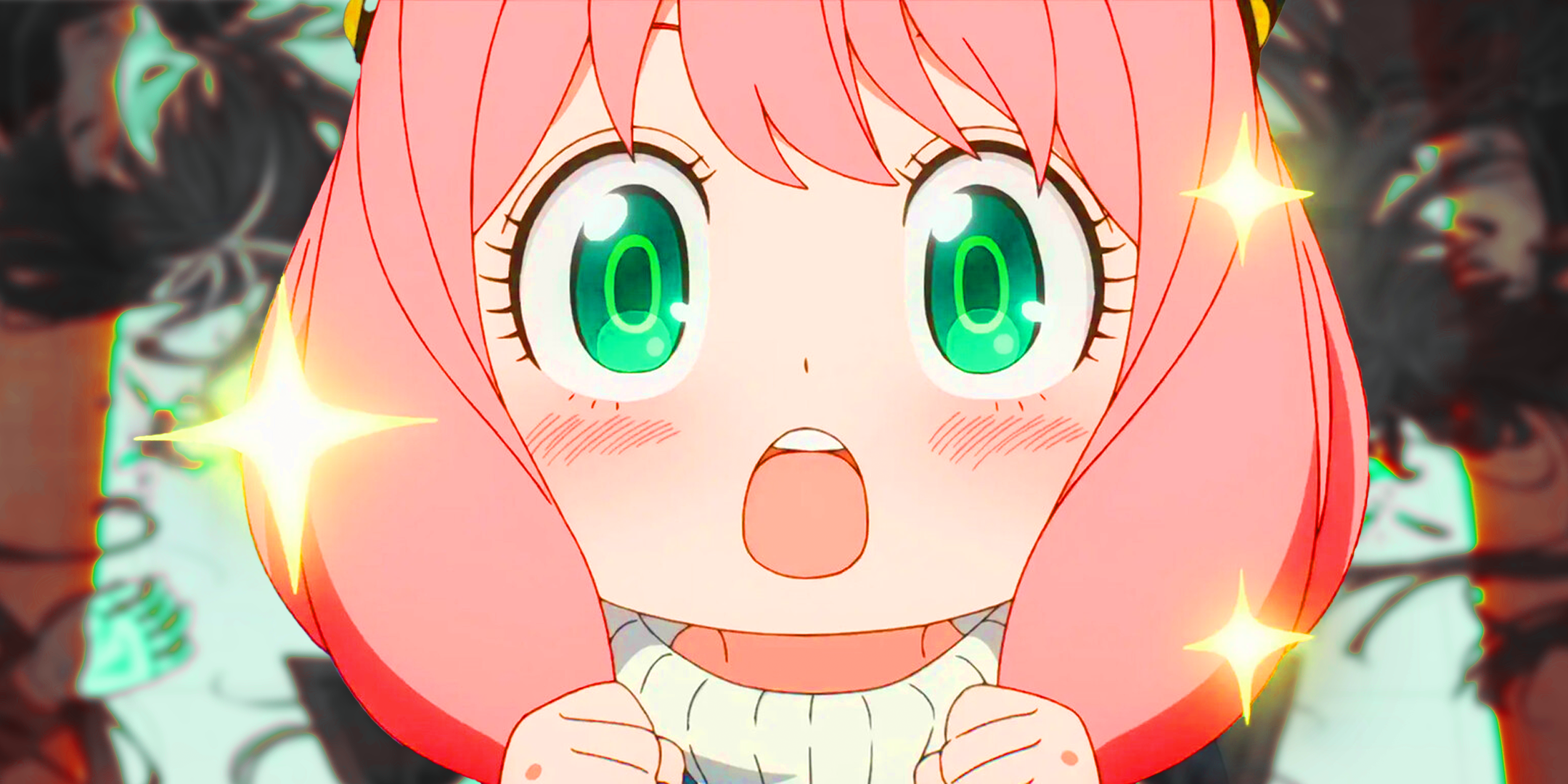
Related
Who Needs More Euphoria When There’s an Even Better Anime Just Waiting For the Spotlight?
Euphoria is a heart-wrenching story about addiction, trauma, identity, and relationships, but there’s another older story that deserves a comeback.
Nana’s emotional volatility, her fierce independence, and her loyalty to her friends made her stand out. She is one of the few female anime leads who deals openly with adult relationships, career struggles, and self-worth. Her impact is measured not in power levels but in how deeply she hurt and healed on screen.
5
Bulma
Dragon Ball
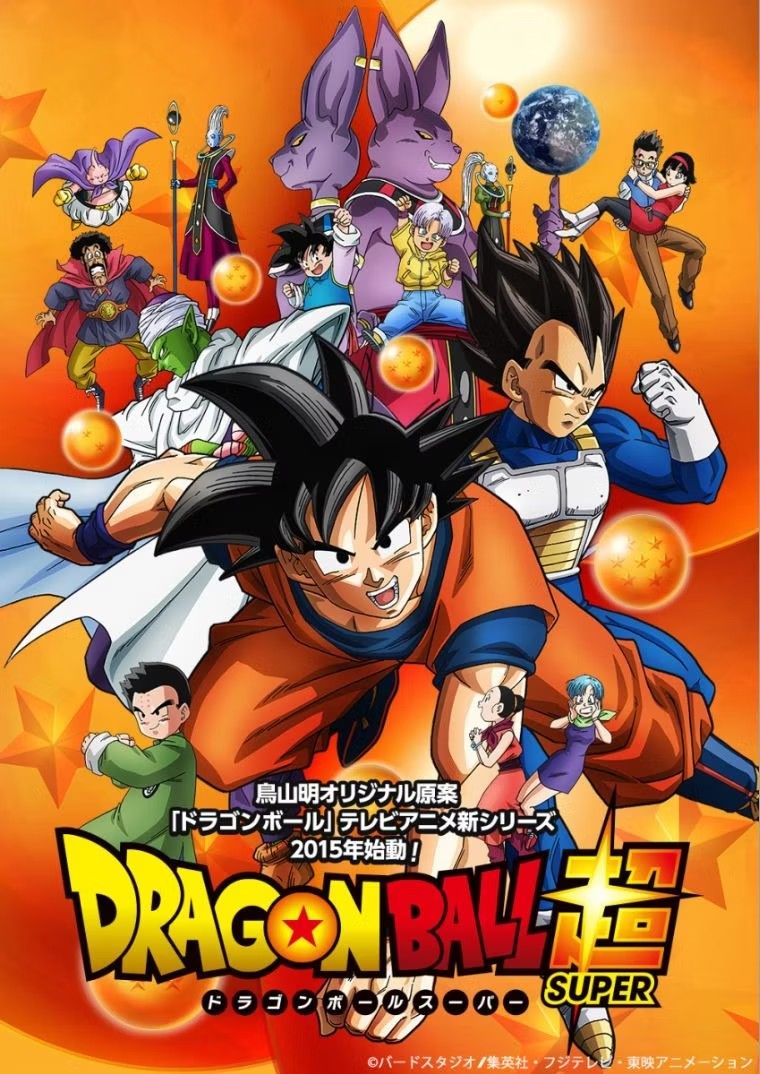
- Created by
-
Akira Toriyama
- First Film
-
Dragon Ball: Curse of the Blood Rubies
Bulma was there from page one of Akira Toriyama’s Dragon Ball manga and remained a constant presence through decades of anime adaptations. Voiced for many years by Hiromi Tsuru, she was bold, brilliant, and completely unafraid to speak her mind.
“She didn’t fight with fists,” Tsuru said. “She fought with ideas.” Bulma’s technology often drove the plot more than Goku’s strength did. Toriyama wrote Bulma as the bridge between the human world and the realm of the fantastic.
As she grew older, she became a mother, a scientist, and one of the richest characters in the franchise. Writer Takao Koyama explained, “Bulma solved problems the boys couldn’t. That was her superpower.” Her humor, vanity, and intellect created one of anime’s most dynamic supporting roles, proving that a genius in heels could change the world.
4
San
Princess Mononoke
San, the human girl raised by wolves in Princess Mononoke (1997), was unlike any Studio Ghibli heroine before her. Voiced by Yuriko Ishida, she embodies nature’s rage and sorrow. Ishida said, “San doesn’t speak politely. She growls. She spits. That made her difficult and beautiful.” Her conflict with Lady Eboshi and the industrial world around her is full of nuance.
Hayao Miyazaki explained, “San is a person who cannot forgive the world, but still wants to be part of it.” That contradiction fuels her actions. She is not there to charm or explain. She is there to fight, even if it means losing everything.
San forced audiences to consider the cost of progress and the power of living with contradictions. Her presence turned Princess Mononoke from a fantasy into a reckoning.
3
Haruhi Suzumiya
The Melancholy of Haruhi Suzumiya
Haruhi Suzumiya appeared in the 2006 anime adaptation of Nagaru Tanigawa’s novels and quickly became a sensation. Aya Hirano voiced her with what she called “barely contained chaos.” Haruhi was loud, selfish, brilliant, and unknowingly omnipotent. She didn’t wait for things to happen. She made them happen, even if reality itself had to bend.
Director Tatsuya Ishihara said, “We structured the series around her mood, not the story. That’s how powerful she was.” Haruhi’s command of the narrative mirrored that of the surrounding characters. She made viewers question authorship, agency, and what it meant to be the center of the universe. Haruhi broke the fourth wall of anime convention and left it cracked forever.
2
Utena Tenjou
Revolutionary Girl Utena
Utena Tenjou arrived in 1997’s Revolutionary Girl Utena, co-created by Kunihiko Ikuhara and Chiho Saito. A girl who wants to be a prince, Utena dresses in boys’ clothes and fights duels to protect her classmate Anthy.
Tomoko Kawakami, who voiced her, said, “Utena always moved forward, even when she didn’t know where she was going. That’s real courage.” Her performance was gentle, idealistic, and full of steel. Ikuhara described Utena as “a character who refuses the roles given to her by others.”
Each episode stripped away fairy tale illusions, revealing a system built on control and manipulation. Utena didn’t just break gender norms. She exposed how power is often dressed as love. The show became a touchstone for queer anime and experimental storytelling, and Utena remains a defiant figure for anyone who ever refused to be categorized.
1
Hinata Hyuga
Naruto
Hinata Hyuga made her debut in Naruto as a soft-spoken member of the Hyuga clan, often overlooked in favor of flashier fighters. But over time, she grew into one of the most resilient characters in the series.
Nana Mizuki, who voiced her, explained, “I started Hinata’s voice barely above a whisper. By the end, she stood tall.” That evolution mirrored her journey from insecurity to strength. Masashi Kishimoto said he created Hinata to show that inner strength can be quiet.
Her willingness to stand up to Pain, despite overwhelming odds, shocked even the main cast. She proved that courage isn’t about confidence. It’s about commitment. Though her ending with Naruto drew criticism, her arc of personal growth and conviction remains one of the most emotionally rewarding in the series.

